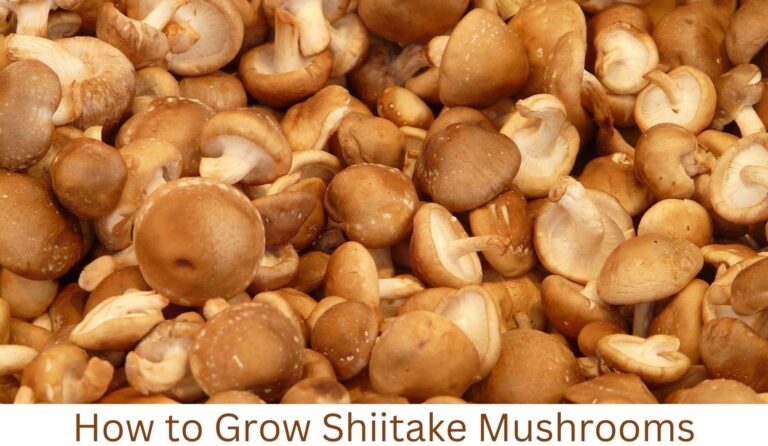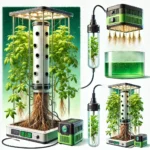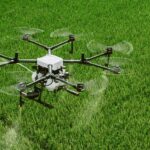Email: blogagri2@gmail.com
Sugar beet Farming for profit and health
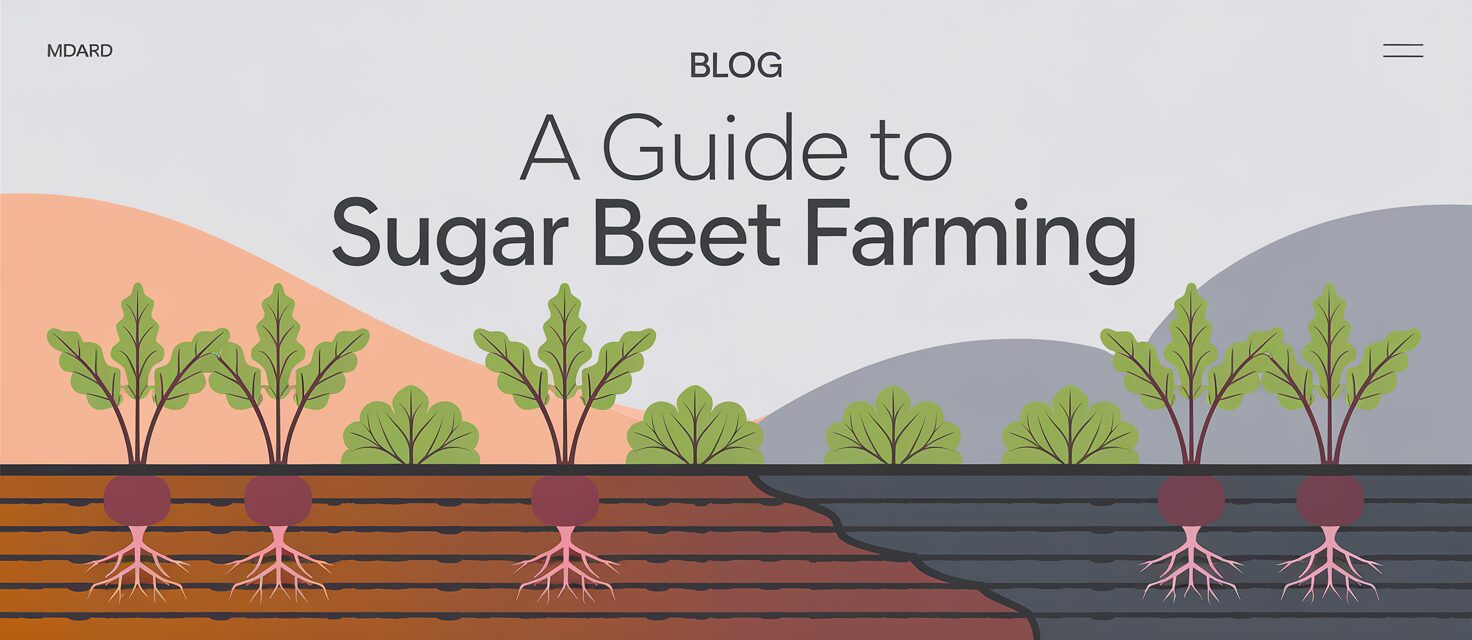
Introduction to Sugar Beet Farming
Flowering, Sugar Beet Farming is an important part. It is the appropriate way of making food on Earth we’ll also learn some products to other countries, especially in a new world. The need of the hour is for us to begin to think of our food as well as an important source of energy that is full of nutrients. With their sweet, starchy roots, sugar beets have made their way into the farming world. However, what attributes and reasons may I need to think about to confirm that I am showing interest in these purple-red mushrooms?
In the following sections of this guide, you will learn the details of sugar beet cultivation that made this crop a choice for farmers who think of sustainability and profit. The sugar beet farming will be a new way of looking at agriculture in our daily lives. Let me tell you more about this wonderful world!
Benefits of Growing Sugar Beets
Cultivation of sugar beet is a great opportunity for farmers to gain benefits and for the environment. These crops are very adaptable in different sorts of climates and are therefore grown in so many places across the world.
High yield potential is one of the special benefits of sugar beet growing production. Sugar beet can produce around five to ten times more sugar on the same area than other sources such as cane sugar. This high yield makes sugar beet farming a profitable enterprise.
Furthermore, growing sugar beets is healthy for the soil. The deep roots of this plant will assist in proper soil aeration and actual structure improvement. Farmers usually say that rotating crops with sugar beets will enrich the current planting nutrient availability.
Besides sweeteners, sugar beets have become quite flexible in their applications. They are liable to livestock food and were additionally accepted by biofuel production—these are potential motivations for the environment concerned growers to distribute their activity.
If local economies can process these root vegetables, that offers opportunities for the growth of such local economies.
Climate and Soil Requirements for Successful Sugar Beet Farming
Sugar beet flourishes in regions with a temperate climate. Ideal temperatures go from 50°F to 70°F throughout the growing season. Frost can harm young plants, thus it is important to plant after the last frost day param.
Soil type is a very important aspect of the sugar beet farmlands. Properly drained, plentifully loamy soils of organic matter invigorate growth that cannot be achieved in the soil with no nutrients. Farmers often like to have a pH range from 6.0 to 7.5 because that allows the plants to take in nutrients that were previously unreachable.
Proper moisture for the soil is also of utmost importance. Sugar beets require adequate watering all the time, the sole exception to this being a period of drought. You can effectively raise the yields and the quality of the crops through irrigation practices.
Also, rotation of the crop is advantageous for the sugar beets as it minimizes the chance of diseases and gives the soil time to recover. By considering the above environmental factors, farmers can achieve the desired condition for an optimal sugar beet crop.
Planting and Harvesting Processes
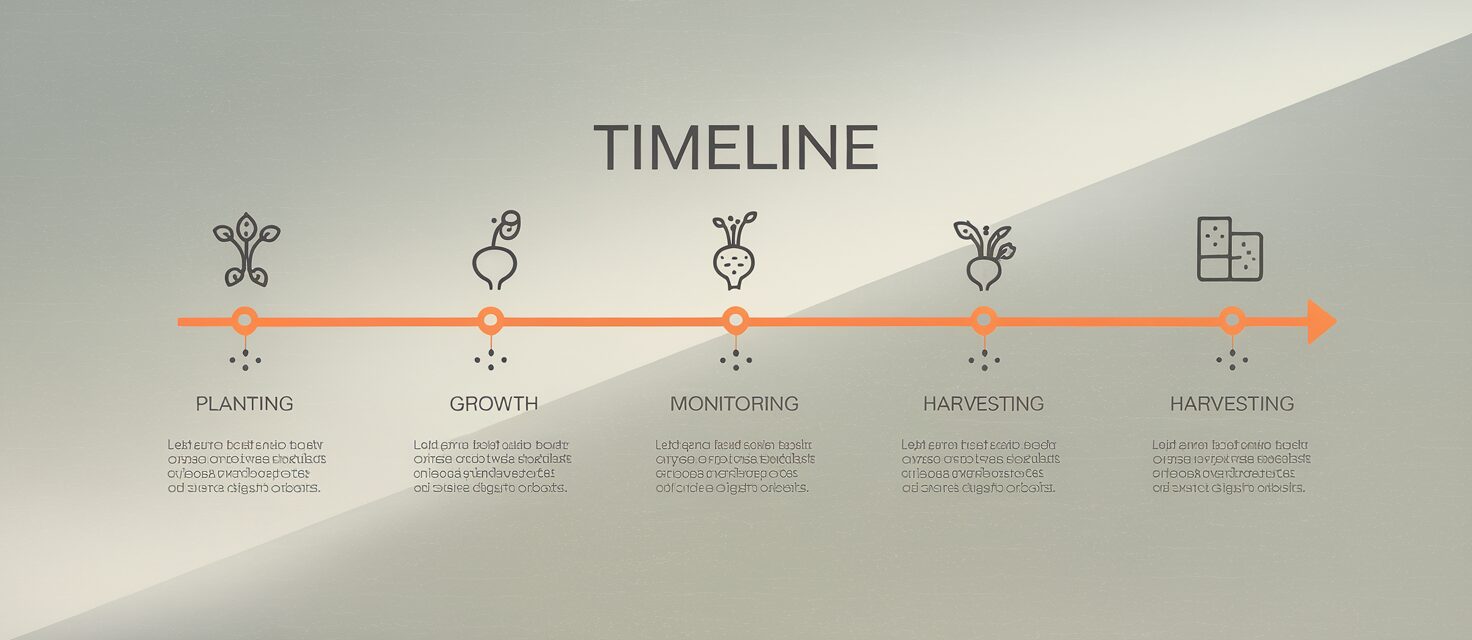
Sugar beet sowing takes place in early spring when the soil temperature is around 50°F. Farmers usually select hybrid seeds recognized for their hardness and high productivity. The recommended planting depth is 1 to 2 inches which guarantees good seed to soil contact.
Proper spacing of plants and rows of beet feet should be maintained at a distance of 18 to 24 inches because these distances will enable them to expand maximally and also benefit from the sunlight efficiently.
As the plants grow, they will require close monitoring. Weeding and thinning at this stage are among the most important tasks to ensure that plants don’t overcrowd each other.
The harvesting stage usually occurs in late fall when the specialized beet harvester digs the roots effectively and unimpeded. The timing is important that, if harvested too early or too late, the sugar levels and overall quality will be affected.
Post-harvest care includes cleaning and proper storage of beets to maintain freshness before the beets reach processing plants or markets.
Common Pests and Diseases in Sugar Beets and How to Manage Them
There are lots of pests and diseases that target sugar beet crops. Early identification can save your entire crop.
The most common pests are aphids, cutworms, and leafhoppers. They suck the sap from the plants thereby weakening them gradually. Cutworms can also kill young seedlings by cutting them off at the soil level. Leafhoppers are virus carriers that stunt plant growth.
Fungal diseases such as powdery mildew and root rot are the most severe ones too. Powdery mildew manifests as white spots on leaves while root rot halves the plant’s ability to absorb nutrients.
Good management begins with good cultural practices. Crop rotation can break pest cycles. You can also bring in beneficial insects like ladybugs to control aphid populations naturally.
Chemical controls should be the last option because they might lead to the development of resistance. Make sure to always adopt a balanced approach when employing the integrated pest management (IPM) strategies for the health and survival of the sugar beet crops.
Uses of Sugar Beets
Sugar beets have a plethora of uses, far exceeding the conversion to sugar. Mainly, they are a profound source of sucrose, which is extracted and refined into granulated sugar for food and beverages.
Besides sweetening purposes, sugar beets contribute to animal feeding. The byproducts obtained during processing, regarded as pulp, serve as nutritious goods for livestock.
On the other hand, the biofuel industry is becoming familiar with these root vegetables. Fermentation of sugars contained in them can produce ethanol, which is a renewable energy alternative.
Moreover, the juice extracted from sugar beets goes to diverse industrial uses. To manufacture biodegradable plastics and other eco-friendly products, this juice is one of the main ingredients.
Additionally, their usage in crop rotation systems leads to enhanced soil health. This practice helps to eliminate pests while making the required nutrients more available for subsequent plants.
Profitability and Market Demand for Sugar Beets
The agricultural business has witnessed the surge of sugar beets thriving due to their solid profits. The mighty returns one can achieve from this crop make it the farmers’ crop of choice. Global demand for sugar continues to rise steadily, and thus, sugar beets will be a trustworthy source of the commodity.
The market forecast indicates that processed sugar from beets is the preferred choice of many industries like food and beverage. This constant demand instills price stability, and the farmers can strategize their operations accordingly.
As well as scientists, other practitioners, who include farmers, have utilized machine learning and artificial intelligence to improve agricultural efficiency at levels we’ve never witnessed before. Farmers have also reported increases in yield per unit area as a result of their adoption of better practices.
Alternative applications of sugar beet, such as biofuels and animal feeds, have met with a growing trend in recent years, alongside traditional exploitation, which further diversifies the profitability potential of the sugar beet crops in modern agriculture, thus becoming more creative.
Sustainable Practices in Sugar Beet Farming
Sustainable methods of sugar beet farming are a core principle of ensuring the existence of the ecosystem. It is necessary for farmers to implement crop rotation practices for healthier soils and to reduce pest pressure. This has a key role in increasing the variety of organisms, which is key to the resilience of farming systems in general.
A second highly productive strategy is the use of temporary cover crops. Off-seasons are the time during which leguminous plants are grown, thereby improving the quality of the soil by avoiding erosion and enhancing the nutrient content of the soil. Furthermore, they encourage the growth of microorganisms that help achieve agricultural development.
Integrated pest management, also known as IPM, is one of the major efforts toward minimizing chemical treatment by integrating biological controls with farm practices. The method not only cares for the sugar beets but also favors the entire surrounding wildlife habitat.
Some water-saving technologies, such as drip irrigation, provide maximum efficiency while minimizing the waste of water during the system. Precision agriculture technologies will allow farmers to monitor conditions at a field level closely, achieving proper utilization of resources.
Sugar beet growers adopting eco-friendly methods should be able, in the long run, to produce a more substantial yield without depleting the soil for the subsequent generations of farmers.
Conclusion
Sugar beet farming provides growers with the ability to grow a large variety of crops. Farmers are considering this vegetable widely known as sugar beet because of its many advantages, the possibility of growing it under different types of weather and soil being the most important one.
The profitability of sugar beets is driven by a strong market. These guys go beyond just sweetening our food; they serve important roles in the food industry, biofuels, and even livestock feed. Thus, both inexperienced and experienced producers are interested in them.
As agriculture continues to advance, the adaptation of sustainable practices will help to sustain sugar beet farming. By effectively managing diseases and pests, and also ensuring good soil quality, farmers will have the ability to maximize their profits while engaging in environmentally friendly practices.
Matter you are thinking about starting your own sugar beet farm or you are just interested in the generation of this crop to the farming and economy sector, it is obvious that the modern agricultural landscape will have a key position for sugar beet. Innovation and tradition combined may well be the answer to a profitable and sustainable future in sugar beet farming.
FAQs: Understanding Sugar Beets and Their Uses
Sugar beets are normally not used as a vegetable due to their high sugar content and inferior taste compared to table beets (the red root also called beetroots). They are mainly grown for the purpose of sugar extraction rather than direct consumption of the root.
No, sugar beet and beetroot are not simply two names of the same crop. Although they are both members of the same family of plants ( Amaranthaceae ), sugar beet is cultivated specifically for its high sucrose content while beetroot is grown to provide its earthy flavor to the food and salad.
Sugar beet is primarily for sugar production. The extracted sugar undergoes purification & refining processes and is then used in food products and drinks. Furthermore, the by-products of sugar beet processing are animal feeds, bioethanol-producing materials, and other types of industrial products.
From the nutritional point of view, beet sugar and cane sugar cannot be said to be the better or worse one as they are both nearly pure sucrose. The differences include the production method and flavor. However, neither sugar type can be labelled as ‘healthier’ than the other thus they both must be consumed wisely and in moderation.

